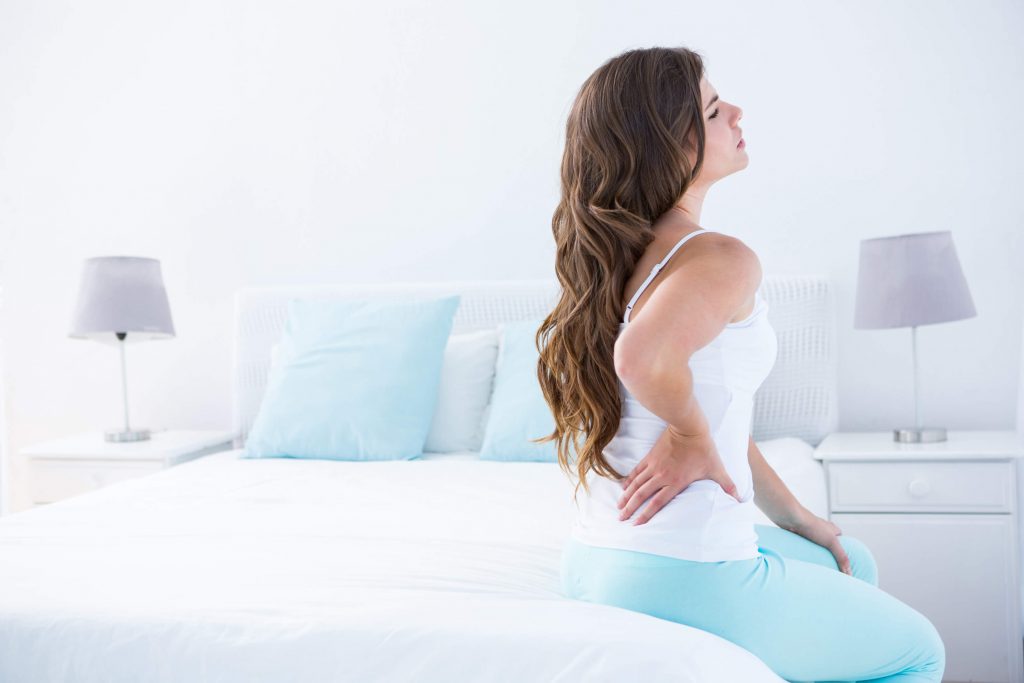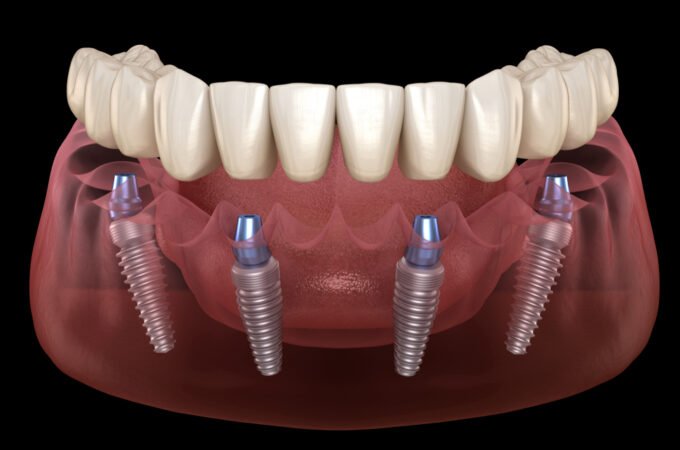
How to choose an orthopedic mattress for back pain
For those who have a sedentary job or feel discomfort in the back, it is recommended to take a very responsible approach to arranging a sleeping place. You should not choose a mattress based on rumors and recommendations from non-professionals.
It is often said that for a problem back you need to buy a mattress with an increased level of firmness, but this is not entirely true. A hard mattress does not adjust to the natural curves of the spine and this can cause additional problems.
If you have osteochondrosis or intervertebral hernia, it is recommended to abandon very hard mattresses, as they can negatively affect your health.
There are several key features to look out for when choosing a mattress if you have spinal problems. Below we will look at important points related to this topic. Which mattress is right for a sore back? Why is a rigid bunk a bad choice for everyone?
Negative sides of hard mattresses
You will not feel relief when using hard mattresses, since they prevent the relaxation of the muscle corset, therefore the muscles do not relax and cannot rest during sleep.
Points of interaction of the body with the surface
The maximum load on the mattress is formed in the hips, pelvis and shoulders. A hard mattress is not able to respond smoothly to pressure and the reverse effect will bring you a high level of discomfort. At points of maximum pressure, blood vessels and nerve endings are pinched, which leads to numbness. In any position, you will feel uncomfortable and the desire to roll over on the other side. When mattresses are too firm, there are no comfortable postures at all, which leads to sleepless nights.

Low orthopedic performance
Lack of flexibility and elasticity in a hard mattress significantly reduces the likelihood of correct support for all parts of the spine in the anatomically correct position. The rigidity is the same over the entire surface of the product, while the neck requires a completely different level of support than, for example, the hips or shoulders. It is the high level of rigidity that gives rise to a feeling of discomfort and can lead to the complication of existing diseases or the emergence of new ones.
You may feel a significant increase in back pain, as the body adapts on its own to a firm sleeping place by tensioning muscles in key parts of the spine – hips, shoulders, etc. as a result of this, fatigue and poor health will accompany you all day from the very morning.
Poor adaptability
As stated above, the increased stiffness level is not able to adapt to different load levels. As a result, some parts of the body will lack support, while others, on the contrary, will have an excess of it. A good, properly selected orthopedic mattress is able to adapt to your body, gently repeating its outline.
The right level of stiffness for a sore back
A sleeping place that is not suitable for you will not help to improve your well-being in case of back problems, and may even worsen your condition. Using a mattress that is too soft puts additional stress on the muscles, as it cannot withstand the load. The muscles and spine will be tense in the same way as when you were awake, and this interferes with rest and recovery. Such a choice can provoke an exacerbation of some diseases.
Studies have shown that the best mattress for a sore back is neither too soft nor too hard. The firmness of the mattress must be selected so that your spine is in a naturally flat position.
Pain reduction can only be achieved if your muscles can relax completely, your blood circulates well, and you do not wake up while you sleep. The ideal level of stiffness for a sore back is Medium, which provides the right support and comfort.
1. Too hard. There is a lot of pressure on the shoulders and hips, leaving the lower back unsupported.
The spine is in an unnatural position.
2. Too soft. An overly soft or old squeezed mattress creates a hammock effect.
The spine is bent and in the wrong position.
3. Correct spine position. The whole body is supported evenly, the mattress follows all body contours and the original post.
Provides an anatomically natural position of the spine.
Unfortunately, there is no single manufacturer standard for stiffness. But experts from all over the world are inclined to believe that for people with diseases of the musculoskeletal system, it is best to choose average stiffness indicators , focusing on the recommendations of doctors and their personal feelings. This approach will help you feel better and fully recover from sleep.
What does the word “orthopedic” mean?
The mattresses, which are orthopedic, guarantee the correct support of the spine, smoothly adjust to the contours of the human body, allowing it to completely relax during rest. It is these features that help reduce pain and discomfort in osteochondrosis and other diseases.
Beware of unverified manufacturers who only attribute “orthopedicity” to their products, but in fact are trying to sell you ordinary low-quality mattresses. This is a trick used by marketers to add value to a product. Unfortunately, it is often very difficult to distinguish a well-performing orthopedic mattress from a conventional counterfeit that will not help you feel better in case of illness.
Spend plenty of time researching and choosing the ideal one. Each person has his own anatomical features that must be considered when buying such an important household item. Only testing will help you navigate among the very wide range that is offered on the market.

Conclusions
For back problems or even minor pain in this area, it is best to focus on the average level of rigidity, as it is the most universal. An inappropriate mattress can only aggravate your condition, and choosing the right one will alleviate pain and discomfort. Among the fillers, stop your attention on those that improve comfort, such as latex, memory foam and others.
Choose for yourself a harmonious combination of body support and comfort to feel how your well-being improves from day to day!
What mattress do doctors recommend for back ailments
We recommend that you heed the advice of doctors!
Scoliosis
For prevention: orthopedic mattresses of medium or high firmness.
For the disease itself: springless from artificial latex, natural latex or orthopedic foam, as well as mattresses with alternating layers of latex and coconut coir.
For children and adolescents: springless orthopedic mattresses.
A natural organic mattress from Snoozel Green because it is made from natural materials.
Osteochondrosis
Middle-aged people – medium hardness, older people – soft.
Important: both very hard and very soft mattresses are contraindicated.
Osteoarthritis (osteoarthritis)
Soft models are contraindicated. The ideal option for a sleeping place would be a mattress with “Memori” foam on a rigid polyurethane foam base. It is recommended to fall asleep on your side, in the “fetal position”. It is advisable to buy a bed with an adjustable head and leg lift.
Herniated intervertebral discs
Doctors often recommend softer to medium firm mattresses. You can consider products with different rigidity of the sides in order to sleep on a soft one when the condition worsens, and on a harder one – with normal health. It is best to buy a mattress made of natural latex or with a block of independent springs.
Sciatica
It is recommended to sleep on a medium hardness, on a low pillow. Materials such as natural rubber latex or memory foam can relieve tension on tissues and organs.
Radiculitis
Hard mattresses are categorically unsuitable. Choose medium stiffness on an independent spring block , preferably with merino wool to warm sore areas. The mattress should follow the contours of the body and adjust to the point of the load.




